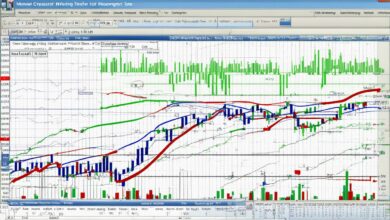Demystified: What Is An Underlying Asset?

In the world of finance and investment, the term ‘underlying asset‘ is frequently used. But what exactly does it mean?
Key Takeaways:
- An underlying asset is a financial asset upon which a derivative’s price is based.
- Derivatives, such as options, derive their value from these underlying assets.
- Understanding the characteristics and risks of underlying assets is crucial for making informed investment decisions.
- Stocks, bonds, commodities, interest rates, market indexes, and currencies can all serve as underlying assets.
- Each type of underlying asset carries its own unique characteristics and associated risks, influencing the nature of derivative contracts.
Definition of Underlying Asset
An underlying asset refers to the actual financial asset or security upon which a financial derivative is based. It is the primary component that drives the value of the derivative.
Types of Underlying Assets

Underlying assets come in various forms, each with unique characteristics that affect the nature and structure of the derivatives associated with them. Here are some common types:
- Stocks: These are shares of a company that represent ownership equity.
- Bonds: These are debt securities issued by entities like governments or corporations.
- Commodities: These include physical goods like gold, silver, platinum, oil, and gas.
- Interest Rates: These are rates at which interest is paid by borrowers for the use of money.
- Market Indexes: These are a composite of securities that provide a measure of the performance of a particular market or sector.
- Currencies: These represent the monetary units of different countries.
| Underlying Asset | Main Characteristics | Associated Risks |
|---|---|---|
| Stocks | Ownership in a company, influenced by company performance and market factors | Market risk, company-specific risk |
| Bonds | Debt instruments issued by governments or corporations, providing fixed income | Default risk, interest rate risk |
| Commodities | Physical goods, including metals, energy, and agricultural products | Market supply and demand, geopolitical factors |
| Market Indexes | Broad measures of market performance, representing specific sectors or entire markets | Market volatility, sector-specific risks |
| Currencies | Foreign exchange rates between different countries’ currencies | Interest rate risk, geopolitical risk |
Impact on Investment Strategies
The value of an underlying asset significantly influences investment strategies. Changes in the underlying security price can increase or decrease the value of an option or other derivatives. For example, as the value of the underlying security rises, a call option will generally increase. However, the value of a put will generally decrease in price.







